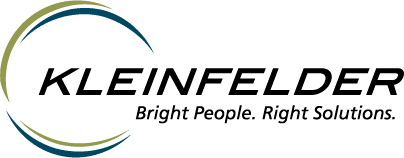
Navigating Environmental Risk

Lisa Daugherty
This article was written by Kleinfelder Environmental Service Line Lead—South Division, Lisa F. Daugherty, PMP (Mount Dora, FL)
Seeing the Unseen: How Kleinfelder Helps Clients Navigate Environmental Risk
Seeing the Unseen: How Kleinfelder Helps Clients Navigate Environmental Risk
In the world of property transactions and development, what you don’t know can cost you. Factors such as legacy contamination, natural resource constraints, mitigation costs, or permitting hurdles can quickly derail a project or turn a promising investment into a financial burden.
At Kleinfelder, we specialize in helping clients see what others might miss. Our environmental due diligence services are designed to not just identify risks, but also to provide a clear path forward, so you can make decisions with confidence — not guesswork.
What is Environmental Due Diligence?
Environmental due diligence is all about understanding what’s going on beneath the surface — literally and figuratively. It’s the process of checking a site’s environmental history, current conditions, and regulatory status to make sure there are no surprises down the road.
At Kleinfelder, we tailor our approach to our clients’ goals. From purchasing a property or planning a development, mine, or solar field, to evaluating an existing facility, we can:
- Identify contamination risks
- Understand permitting requirements
- Flag ecological or regulatory constraints
- Estimate cleanup or mitigation costs
- Make informed, strategic decisions
Our Process: From Discovery to Decision
We don’t just deliver reports — we deliver clarity. Our services include:
- Phase I & II Environmental Site Assessments (ESAs): We review site history, conduct inspections, and collect samples, if needed to check for contamination.
- Wetland & Habitat Assessments: We review natural resource and listed species information, map out sensitive areas, and help explain what that means for a project.
- Regulatory Reviews: We look at local, state, and federal rules to see what permits are needed and how challenging they may be to get.
- Red Flag Summaries: We highlight items that could cause delays, increased costs, or require a change in plans.
Why Clients Choose Kleinfelder
- We’re proactive. We don’t wait for problems to surface; we look for them.
- We’re practical. Our advice is grounded in real-world constraints, not just technical data.
- We’re collaborative. We work closely with all stakeholders, including legal, financial, and development teams to align environmental insight with business goals.
Real-World Examples
- Energy: Kleinfelder has evaluated multiple tracts of land for potential solar developments. By identifying wetland extent and potential constraints associated with cultural resources or listed species, Kleinfelder can help clients understand potential developmental constraints which may impact the timing and cost of the proposed projects.
- Mining: Kleinfelder can assess properties to determine feasibility of a project. Our research identifies potential significant constraints associated with listed species, costly mitigation, and cumbersome regulatory requirements that would limit the land available for a proposed mining option, which could limit the economic viability of the mine.
- Municipal: Kleinfelder has assisted municipalities in evaluating properties’ development potential as fire stations, stormwater ponds, and other uses. Our services have assisted municipalities in either modifying their design to avoid impacts, thereby reducing mitigation costs, or in identifying contamination and addressing it prior to development.
The Bottom Line
Environmental due diligence isn’t just about checking boxes — it’s about making smart, informed decisions that protect investments and reputation. At Kleinfelder, we can help you move forward with eyes wide open.

